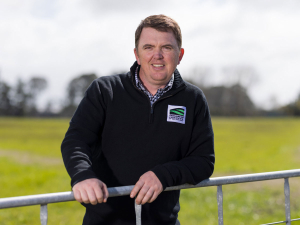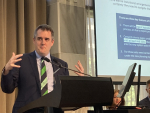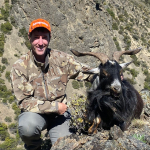This week, Federated Farmers marked a significant milestone in the organisation's history: its 125-year anniversary.
Federated Farmers president Wayne Langford says that bringing together New Zealand’s different farming groups into one voice is “no mean feat at the best of times”.
“To have done it consistently for 125 years, through all of the challenges and opportunities that have come our way, is something Federated Farmers are incredibly proud of,” Langford says.
“We’ve been there with farmers through it all: the booms and busts of farming, different political cycles, market downturns, significant land use change, and the removal of subsidies.
“Different personalities and issues have come and gone, but our commitment to New Zealand’s farming families has never faltered,” he says.
The organisation’s roots date back to 18 September 1899, when the first Farmers’ Union branch was formed in Kaitaia by Northland dairy farmer Thomas Portland Smith.
A decade later, similar manoeuvring was happening in Canterbury with the formation of the Sheep Owners’ Federation by Henry Acland, of Mt Peel Station.
Read More
In the aftermath of the Second World War, the Farmers’ Union and the Sheep Owners’ Federated merged into a single body: Federated Farmers of New Zealand.
"Those forward-thinking farmers and early rural advocates were quick to recognise the need for farmers to come together as one unified voice," Langford says.
"They knew that farmers and rural communities are so much stronger when we stand collectively, and that same approach couldn’t be more relevant in today’s political environment.
"That’s why whenever there’s an issue important to rural communities - whether that be banking, roading, or impractical farming rules - Federated Farmers are there as an advocate."
Langford says that since day one, Federated Farmers has played a significant role in New Zealand’s history.
"Federated Farmers have one of the most recognisable, trusted and respected brands in the country - and that’s taken time to build over the years.
"When I look back on some of the respected names to have gone through Federated Farmers leadership over the years, that’s a legacy I’m very, very proud to be a part of."
Langford says Federated Farmers have to navigate differences between various sectors and provinces, but that’s where the organisation’s strength comes from.
"We’re an incredibly democratic and diverse grassroots organisation, and there’s always plenty of robust debate on the big issues affecting farming.”
He says that’s what sets Federated Farmers apart from other organisations.
“We can’t just take a position that works for dairy, meat and wool, or arable farmers.
“We have to really confront those tough discussions as a collective group and find a pan-sector position that will work for all farmers – not just one sector,” Langford concludes.



















